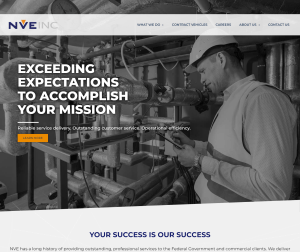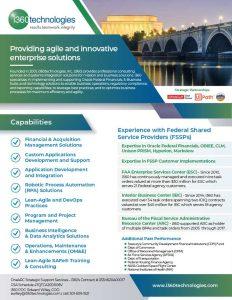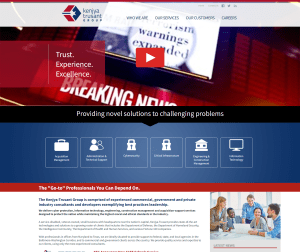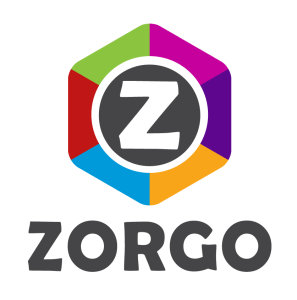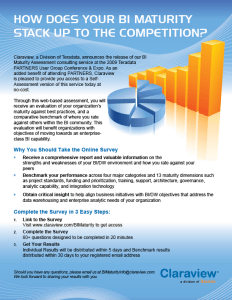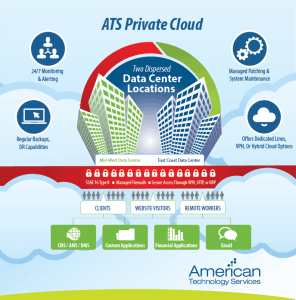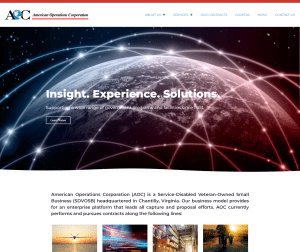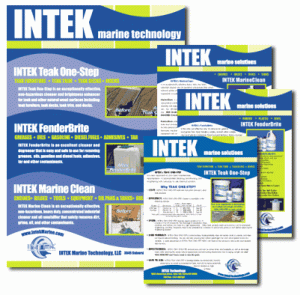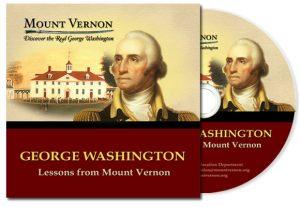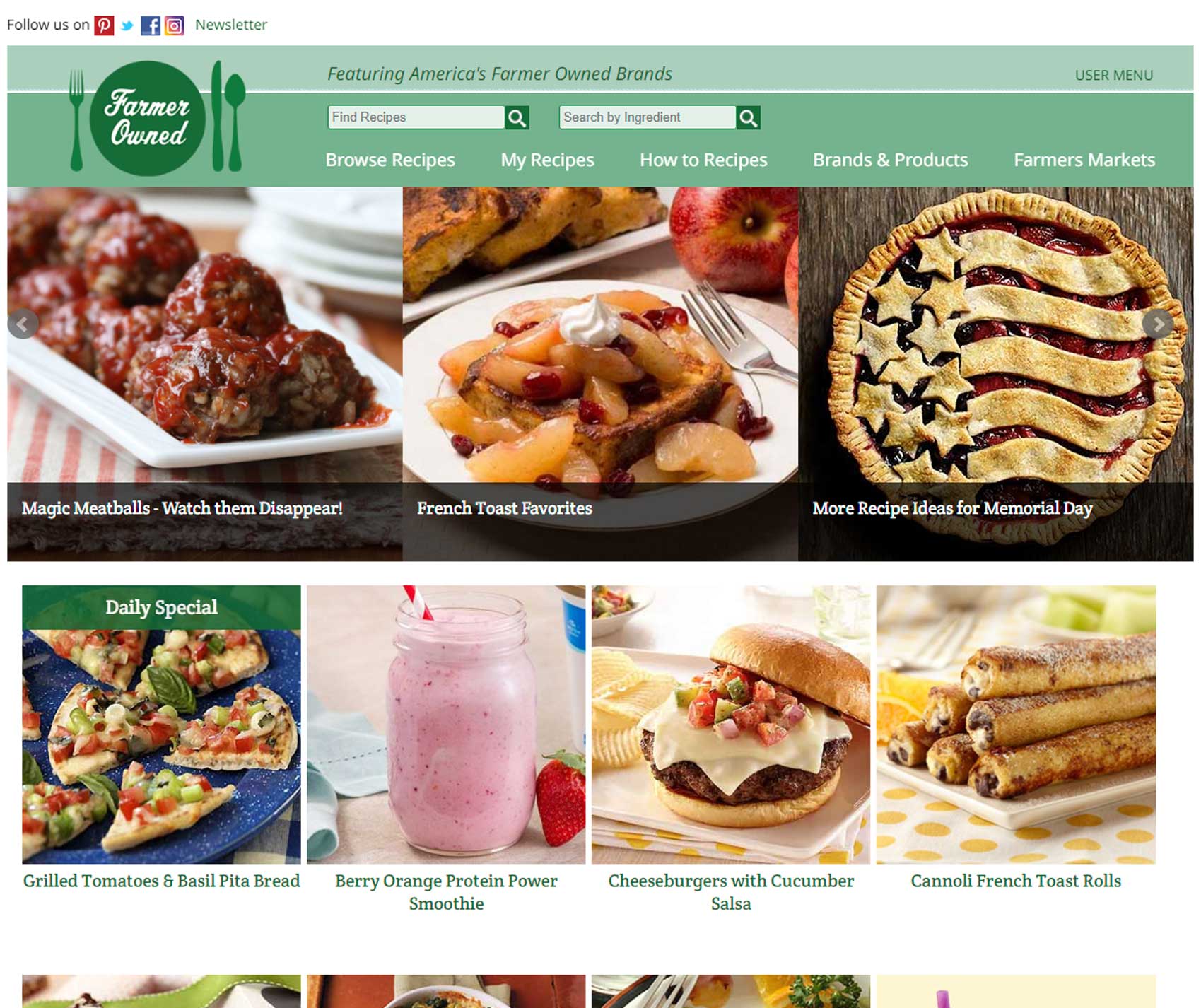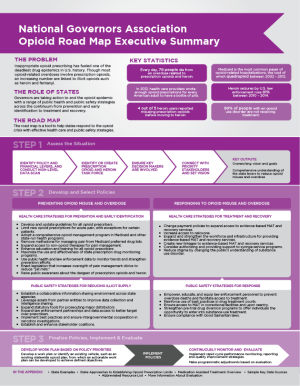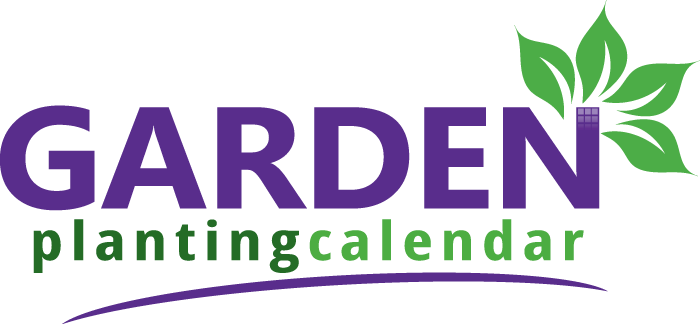One of the many things that is really great about web technology is that it is constantly changing and moving forward. As web technology improves, the possibilities for better visual design, user interaction, and user experience often greatly improves too. The changes in technology also can change how we use and interact with websites and therefore user preferences often change as technology does.
To web designers and web owners & managers, that means constantly adapting your website to ensure that it is not only up to date with technology and security trends, but also operating on the most efficient, effective, and most user friendly manner as possible. It also means keeping up with how technology is changing user preferences.
One of today’s web trends that appears to be based on changes in technology as well as user preference is the creation of longer, vertically scrolling web pages that contain more information rather than shorter pages with many links to additional content.
What Happened to ‘Above the Fold’ Content?
Web designers used to avoid scrolling at all costs and used to do whatever possible to keep web content ‘above the fold.’ The term ‘above the fold’ originated with newspapers and refers to the content that appears on the top half of the paper … the content that literally appears above where the newspaper is folded. In web design, content that is said to be ‘above the fold’ refers to the portion of the webpage that is visible without scrolling.
In the past, studies by Jakob Neilsen found that the majority of web users didn’t take the time to scroll web pages and therefore web designers and content developers have always worked hard to make sure that the most important content on a page appeared ‘above the fold’.
That, however, appears to be changing…
Vertical Scrolling
With today’s changes in technology and in user screen sizes, ‘above the fold’ web content in the traditional sense doesn’t really exist anymore. As users more and more often are viewing web content on mobile devices of all sizes and shapes where vertical scrolling is innate, web users are becoming more accustomed to simpler page layouts with less links and more scrolling. As such, many users seem to now prefer to scroll rather than to click links to view more content.
Enter longer, vertically scrolling web pages! One the big trends in web design today is that of longer, vertically scrolling web pages that display more information on a single page rather than to force users to click links to obtain additional information. And, this is most likely a trend that will continue as more and more users view more and more web content on smaller, mobile devices!

